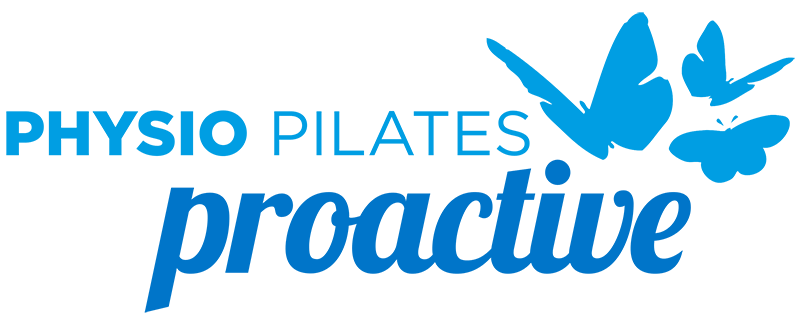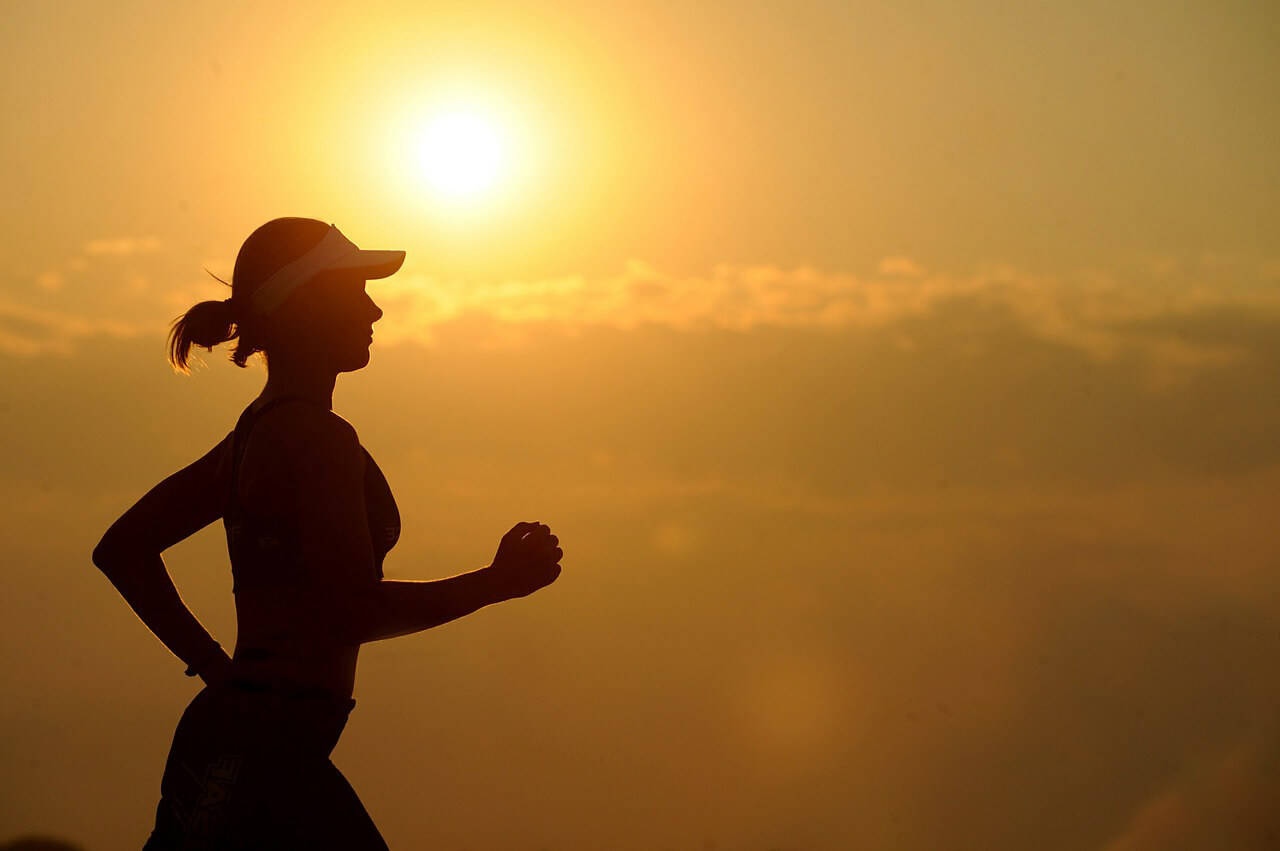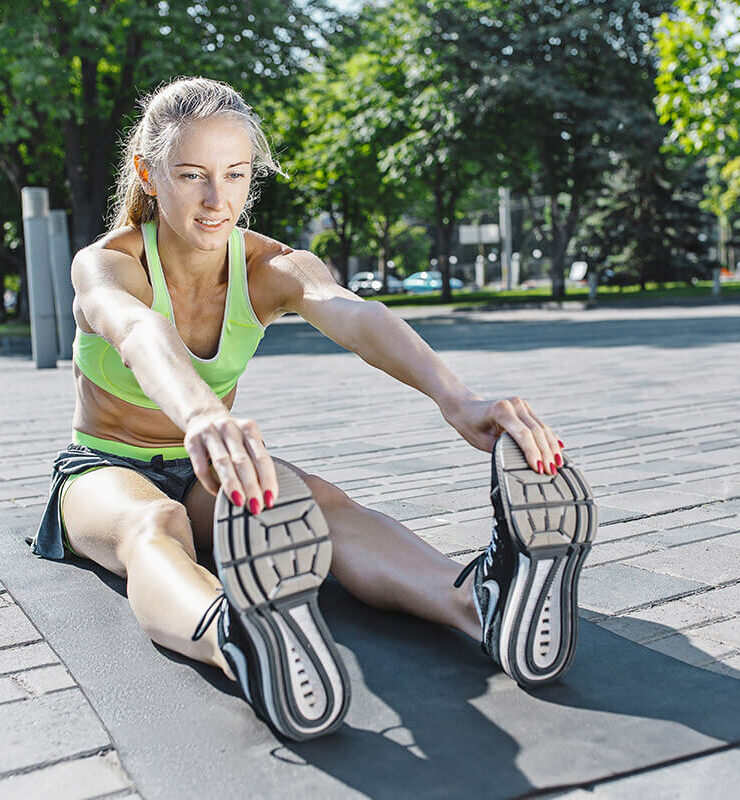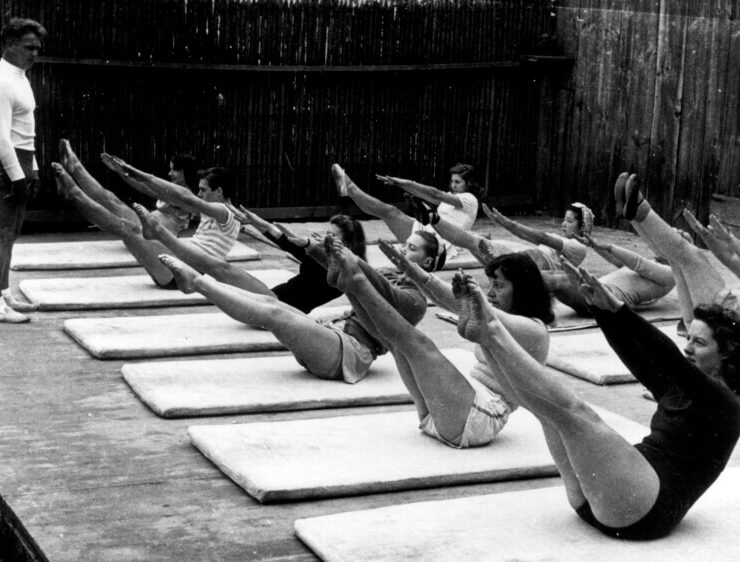By Stephanie Rand, Physiotherapist
Running requires both physical and mental abilities – balance and core control, coordination, muscle strength and flexibility, and neuromuscular factors. Running can not only improve your physical health, but can also be a time where you let your mind relax. However, as much as it is helps with physical fitness and also mental clarity, it also has its associated injuries.
Every body is different, and you may also find that due to abnormalities within your own body, these can also affect your ability to run.
In this post I will look at four particular areas:
- Common injuries/conditions associated with running
- Contributing factors leading to running injuries
- What physiotherapy/Pilates can offer
- What you can do at home for injury prevention and running improvements
Common Running Injuries
ITB Friction/Dysfunction
The iliotibial band runs from the hip to the knee. When this fibrous band gets inflamed and tight, it can become quite painful not only during running, but during walking and lower impact movements. Instability and misalignment of the lower limbs can occur as a result.
Stress Fractures
This is a small crack in a bone that causes pain and discomfort. It typically affects runners in the shin and feet. It can happen if you push yourself too early when you start running.
If you continue to run and ignore your body, the pain will get worse. Rest is very important, as continuous stress on the bones can progress to more serious injuries.
Shin Splints
This refers to a group of symptoms a runner may obtain – it can be due to issues within muscles, bone, or can also cause small fractures of the bone where the muscle attaches. Shin splints, just like stress fractures, can occur if you increase your running workload (e.g. distance or number of runs) too soon. Footwear and poor biomechanics are also contributing factors. Rest is the best approach to resolve shin splints, as well as seeing your physiotherapist for biomechanical corrections and exercises.
Plantar Fasciitis
The plantar fascia is the connective tissue that helps support the arch of the foot. A tight, irritated plantar fascia can become painful when walking and running.
Patellofemoral Joint Dysfunction
Issues in which the patella (knee cap) doesn’t properly sit in its groove/doesn’t track properly, can lead to knee pain. This can be the result of muscle imbalances.
Ankle Sprain
Ankle sprains are common injuries that runners experience. Early treatment can drastically improve recovery time. If you suffer from regular sprains, physiotherapy exercises and Pilates could help you to improve ankle stability and strength.
Achilles tendinopathies
Achilles tendinopathy is a painful condition of the tendon at the back of the ankle. Left untreated, Achilles tendonitis can lead to an increased risk of Achilles tendon rupture.
Headaches
You may experience headaches during or after a run – this may be caused by poor posture. If you run with a forward head posture, this can cause the force to be unevenly distributed down through your cervical and thoracic spine, causing irritation of nerves/discs/muscles.
Factors that can affect your running and lead to injury
- Poor running style (e.g. heavy foot strike)
- Excessive training
- Posture
- Footwear (old or unsupportive)
- Muscle imbalances
- Poor core control
How can physiotherapy/Pilates help?
A physiotherapist is able to assess for any contributing factors that may be affecting your running and causing injury. Postural assessment will indicate any biomechanical issues, as well as any imbalances within your musculature. Treatment may involve soft tissue work, joint mobilisation, dry needling and exercises. Your physiotherapist may also suggest Pilates.
Pilates is a whole body approach to exercise that improves core strength, balance, coordination/movement patterning, and muscle length and strength. Running is made up of many smaller movements which can be broken down through Pilates exercises.
Running requires asymmetrical balance, as the same side arm and leg move in opposition, however the body still remains balanced. Pilates exercises can help to improve this.
Postural dysfunction can be due to muscle imbalances. For example, a person may run with a forward head posture due to tight upper trapezius muscles (across the top of the shoulders) and weak shoulder blade retractors (middle and lower trapezius). By targeting these specific muscles through an individualised program, posture, and therefore good running posture, can be achieved.
What can you do yourself at home?
Avoiding injury is the ultimate goal. Beginning by warming up with a brisk walk will ensure you recruit the muscles necessary before putting more demand on the body through running. A cool down is just as important at the end of a run.
Make sure your footwear is up to scratch. The general consensus is that a runner should replace their shoes after 500-800 km (according to therunnersguide.com). This will vary depending on the running surface.
Don’t feel bad about missing a day if your body is feeling sore. Spend some time stretching all body parts instead – your body will thank you for it on your next run!
For all your running advice and treatment please contact Stephanie Rand at Parkside on 8271 3144 or Stirling 8339 3188. Stephanie has a special interest in running injuries, technique and postural issues.




